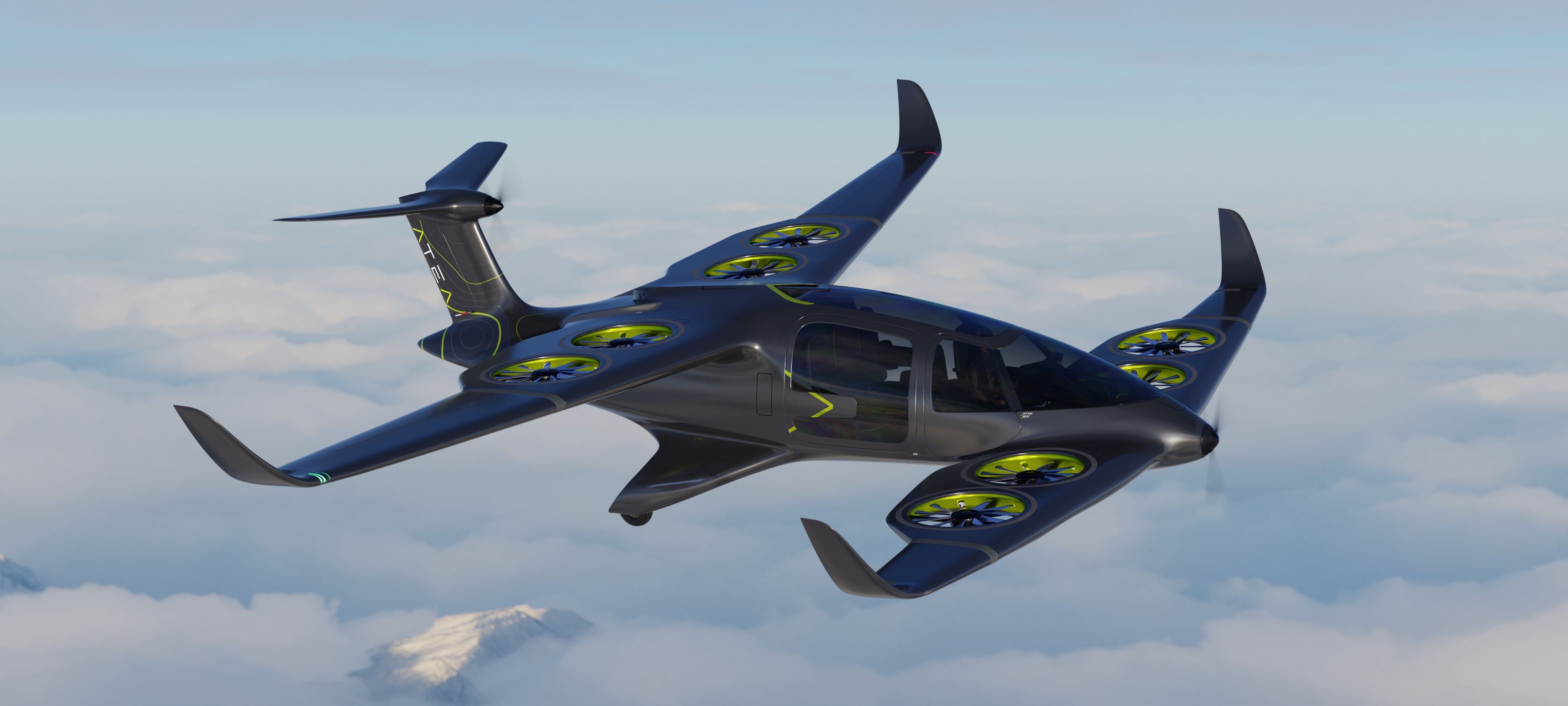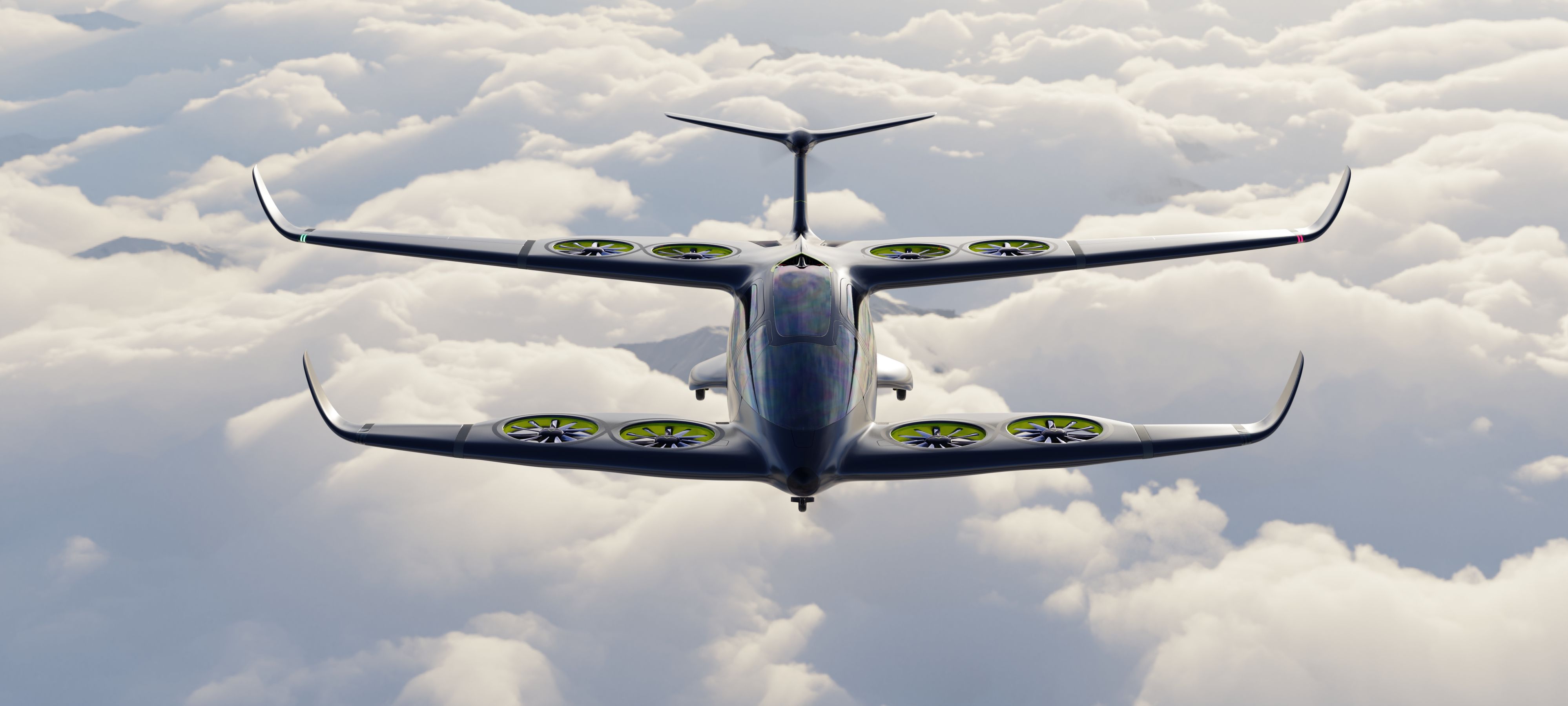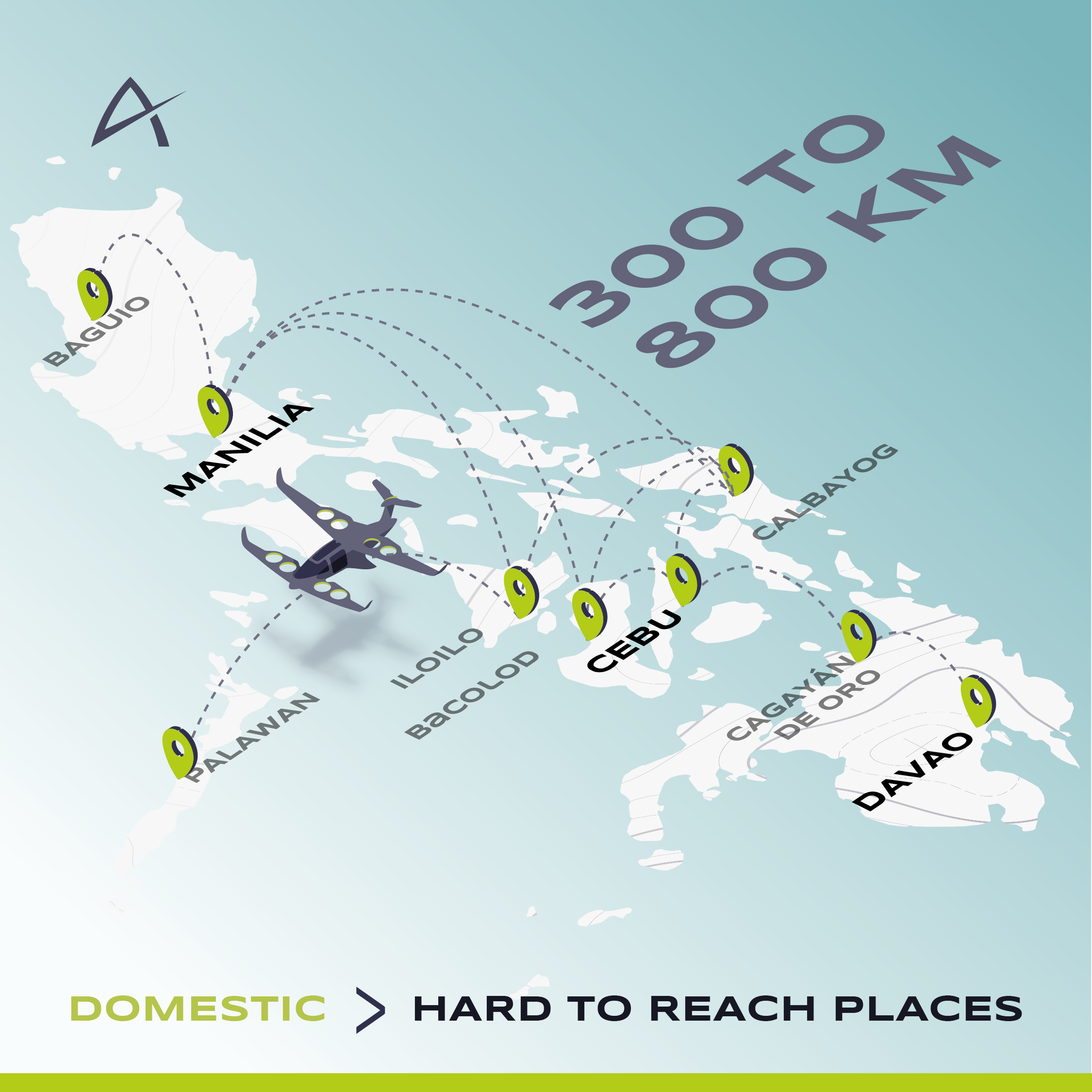In 2021, Ascendance Flight Technologies announced its Atea electric vertical take-off and landing (eVTOL) aircraft, with plans to begin testing in 2023, followed by production in 2025. Since then, the company has received 245 letters of intent from customers across Europe, Asia, and the Americas, and has also carried out thorough testing of its hybrid-electric technology. Where does this leave the aircraft now?
Atea is expected to enter into service in 2026. In order to achieve this, the Toulouse-based startup is currently focusing on two main areas - securing the funding needed to support the project, and building its first full-scale prototype aircraft.
Securing the necessary funding
Ascendance has so far been able to raise €21 million ($23million), which will enable it to build its prototype aircraft and begin the certification process with the European Union Aviation Safety Agency (EASA). The funding has come from a variety of organizations across France, including French Tech Souveraineté and Habert Dassault Finance. Ascendance's CEO, Jean-Christophe Lambert, said,
“This fundraising round is critical for sustainable aviation in France. It is a logical step forward in our roadmap for the industry’s energy transition. It will accelerate the technical and commercial development of our products while also contributing to our central aim: to build a sustainable model for cleaner air mobility."
There is plenty of optimism from investors too - the managing director of Habert Dassault Finance, Benoit Habert, said,
“We’re impressed at the pace at which the company is growing, the implementation of its roadmap, and the commitment of its teams. Habert Dassault Finance has therefore decided to increase its share ownership by taking part in this second round.”
Building the first Atea prototype
With the funding in place, Ascendance can now turn its attention to putting together the first full-scale prototype of its Atea aircraft. In order to support this phase of the project, the company is looking to attract the best talent from across the industry, and over the next 18 months, plans to recruit 50 more employees.
Ascendance recently appointed Stéphane Viala as its engineering and program director. Viala brings with him a wealth of experience as former senior vice president of engineering and head of design organization at aircraft manufacturer ATR.
More about Atea
Atea is Ascendance Flight Technologies' five-seat eVTOL aircraft. Thanks to its use of sustainable hybrid-electric power, the aircraft can achieve an 80% reduction in carbon emissions compared to a traditional helicopter.
With a range of up to 250 miles, Atea is designed for four primary purposes - passenger transport, medical emergencies, logistics, and surveillance. The aircraft's unique fan-in-wing design, with eight rotors built into the wings, ensures a safe, clean, and quiet transport solution. At the time of the aircraft's unveiling in 2021, Lambert set out Ascendances' mission clearly, saying,
"We set up Ascendance with a very clear vision of what we wanted to achieve: to accelerate transition towards green aviation thanks to hybrid technology."
Ascendance has been making steady progress over the past two years, and so far appears to be on track to deliver its first Atea aircraft in 2026. For now, efforts remain focused on building the first prototype aircraft, which will undoubtedly attract widespread attention when it takes to the skies.
Discover more of the latest sustainable aviation news here.
What do you think of Ascendance Flight Technologies' Atea aircraft? How do you see it being deployed in the future? Is there a market for such eVTOL aircraft? Share your thoughts by commenting below.
Sources: Ascendance Flight Technologies, Vertical Mag, Aerospace Testing International




